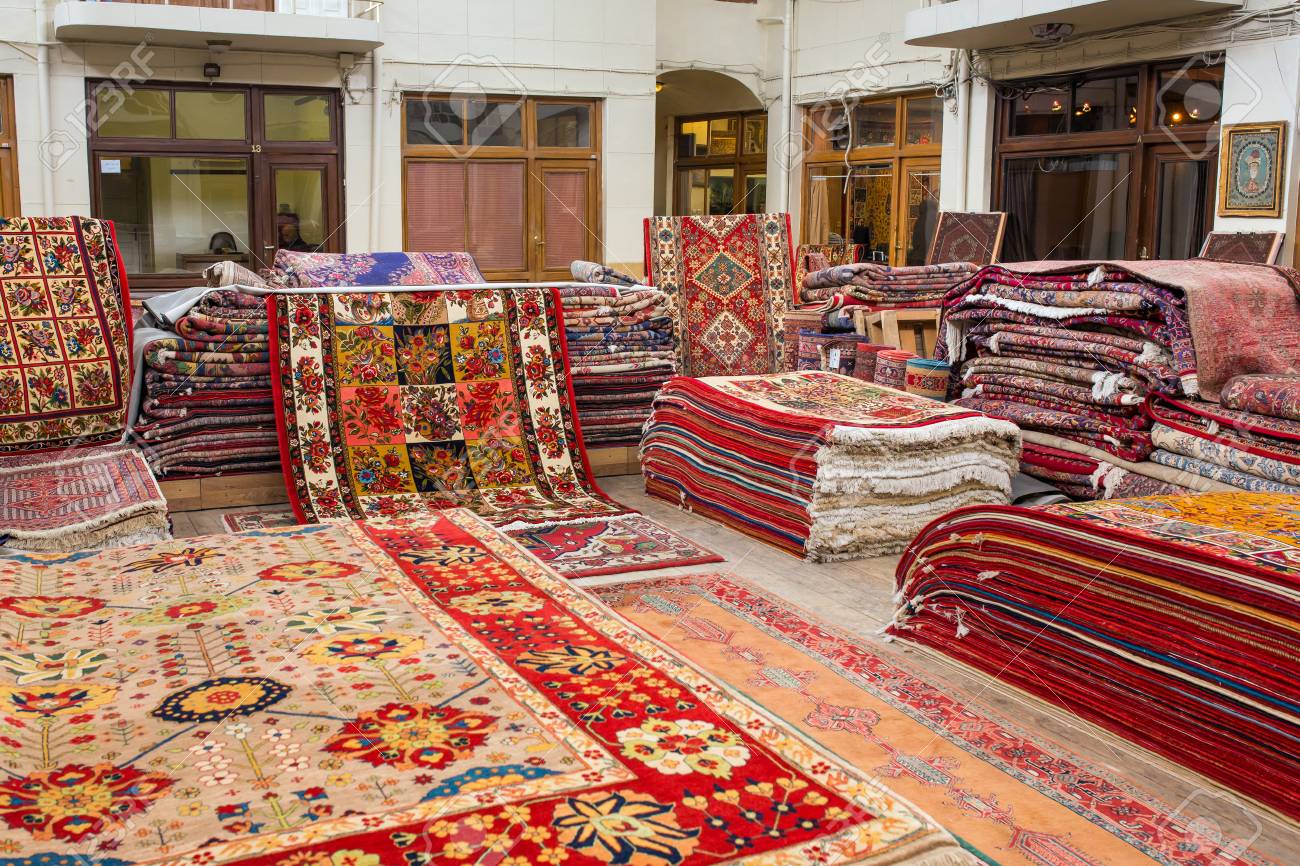
The art of carpet weaving in Iran originated more than 2,500 years ago.
Persian carpets and rugs were initially woven as articles of necessity to
cover the floors of nomadic tribesmen, giving them protection from the
cold and damp. The natural progression of the skill and craft involved in
the creation of these works of art has been passed down from generation to
generation over the centuries throughout periods of peace, invasion and
war. As international trade developed, the variety of patterns and designs
grew. Much of the progression of the Persian carpet lies in conjunction
with the various rulers of the country throughout time. When Cyrus the
Great conquered Babylon in 539 BC, he was struck by its splendour and many
historians credit him for introducing the art of carpet making into
Persia. It is said that the tomb of Cyrus, who was buried at Pasargadae
near Persepolis, was covered with precious carpets. Even before his time,
it is very likely that Persian nomads created at least very simple designs
for their own homes. Their herds of sheep and goats provided them with
high quality and durable wool for this purpose.In 1949 Russian
archaeologists discovered the oldest known knotted carpet in the Pazyryk
valley, on the Altai Mountains of Siberia. Dating back to the 5th century
BC the Pazyryk carpet is a fine example of the skill which existed and has
been developed and refined over the centuries. The carpet survived over
two millennium preserved in the frozen tombs of Scythian nobles, and is
now the showpiece of the Hermitage Museum of Leningrad (St. Petersburg).
The intricacy of this rug suggests that even at this early date, the art
of carpet weaving had progressed well beyond simple rugs designed for
practical purposes.The first documented evidence on the existence of
carpets came from Chinese texts dating back to the Sassanid Dynasty (224 -
641 AD). In 628 AD, the Emperor Heraclius brought back a variety of
carpets from the conquest of Ctesiphon, the Sassanian capital. The Arabs
also conquered Ctesiphon in 637 AD, and among the spoils brought back were
said to be many carpets, one of which was the famous garden carpet, the
"Springtime of Khosro". This carpet has passed into history as the most
precious of all time. Made during the reign of Khosro I (531 - 579 AD) the
carpet was enormous, measuring 400’ x 100’ and weighing several tonnes.
Historians describe the silk based rug as follows: "The border was a
magnificent flower bed of blue, red, white, yellow and green stones; in
the background the colour of the earth was imitated with gold; clear
stones like crystals gave the illusion of water; the plants were in silk
and the fruits were formed by colour stones". The king is said to have
strolled along the carpet in winter to remind him of the beauty of spring.
However, when the Arabs invaded they cut the magnificent carpet into many
pieces, selling each piece separately. For more information you can read
here.
There is an exhibition and you can register.